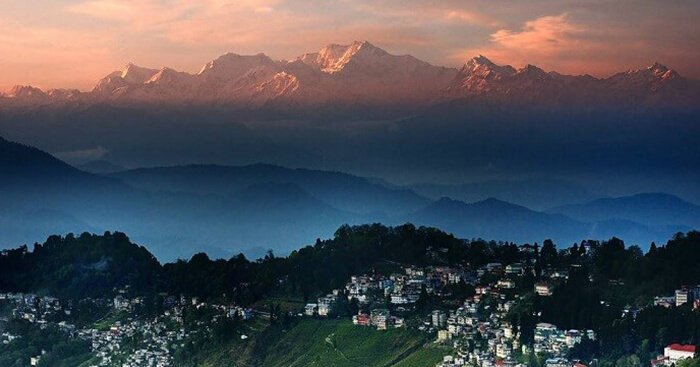
The History of Darjeeling covers the history of Darjeeling town and its adjoining hill areas belonging to Sikkim, but eventually part of British India so now in the Indian state of West Bengal, which is intertwined with the history of Nepal, Sikkim, Bhutan, Bengal and Great Britain, i.e. the East India Company. Part of the state of Sikkim, Darjeeling became part of an important buffer state between Nepal and Bhutan. The British, using the area as a sanitorium, found that the climate provided excellent tea-cultivating conditions and soon began to grow tea on the hills of Darjeeling. Darjeeling tea remains a world-renowned export from Darjeeling.
Darjeeling was originally a part of the Kingdom of Sikkim and was inhabited by the Lepchas, a tribe native to the area since the beginning of time, before being invaded by the Gorkhas who were able to subdue the combined indigenous Bhutia and Lepcha armies of Sikkim. The Gorkha army from Nepal invaded Darjeeling in the 1780s, attacked the Sikkimese capital of Rabdentse, and annexed territories up to the Teesta River into Nepal. By 1816 the whole of the area known as British Sikkim belonged to Nepal. After the Anglo-Gorkha War, Nepal ceded one-third of it territories to the British under the 1816 Sugauli Treaty, which included the land area between the Mechi and Teesta Rivers. On 10 February 1817, the British returned the land area between the Mechi and Teesta to the Sikkimese Chogyal under the Treaty of Titalia
Hi! I am a robot. I just upvoted you! I found similar content that readers might be interested in:
https://en.wikipedia.org/wiki/History_of_Darjeeling
Good article!